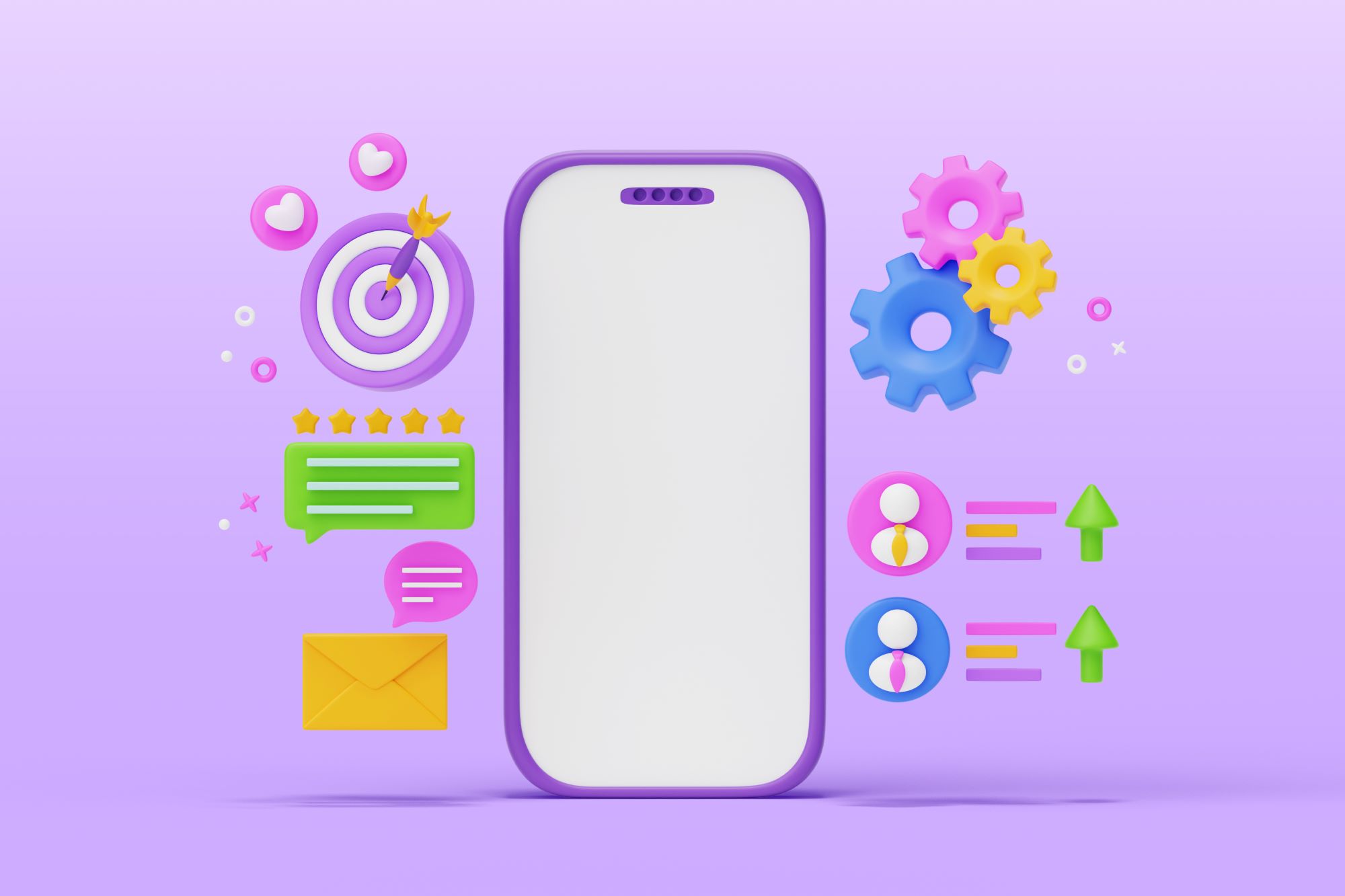Want to reach millions on both iPhones and Androids with just one app?
Cross Platform app development has become a major player in the mobile app world, they are designed to work across multiple operating systems using a single codebase. This codebase is translated to function on different devices, saving time, resources, and potentially reaching a wider audience. However, like technological advancement, there are complexities to navigate.
In this article we will have a closer look at cross-platform development, unveiling its advantages and limitations.
The Pros of Cross-Platform Development:
1. Cost-Efficiency
Cross-platform app development significantly reduces development costs by allowing developers to write a single codebase that can be deployed across multiple platforms. Eliminating the need for separate development teams and reducing the time and resources required to maintain multiple codebases.
2. Wider Market Reach
Gone are the days of choosing between Apple and Android users. With a single codebase, you tap into both sides of the mobile market, maximizing your potential user base. Businesses can maximize their audience reach and potential revenue streams
3. Accelerate to Market
By leveraging cross-platform frameworks such as Flutter or Xamarin, developers can accelerate the development process and bring their products to market more quickly. These frameworks offer features like hot reload, allowing developers to instantly view changes without recompiling the entire app. This provides businesses with a competitive edge by releasing their products ahead of time.
4. Consistent UI
Cross-platform development ensures a consistent user experience across different devices and operating systems. By maintaining a unified codebase, developers can ensure that users receive the same level of functionality, design, and performance, regardless of the platform they are using. This consistency enhances user satisfaction and loyalty, leading to increased engagement and retention rates
5. Streamlined Maintenance
Cross-platform development simplifies the maintenance process by enabling developers to apply updates and bug fixes universally across all platforms. Additionally, cross-platform frameworks often provide robust tools and libraries for monitoring and debugging, further streamlining the maintenance workflow.
The Success Story of Duolingo
Duolingo, the gamified language learning app, started small. Using React Native significantly reduced the development costs, allowing them to focus on their core strength.
Just with a single codebase, Duolingo instantly reached millions of users. React Native’s focus on platform-neutral UI components helped Duolingo maintain a consistent look and feel across both iOS and Android, boosting user satisfaction and loyalty.
Limitations of Cross-Platform Development
While cross-platform development offers a compelling solution for reaching a diverse audience, it’s crucial to acknowledge its potential limitations before taking the plunge.
1. Performance Trade-offs
While efficient, cross-platform apps might not always match the native performance of apps built specifically for each platform. This can lead to slower response times, lower frame rates, and a slightly less optimal user experience.
2. Limited Access to Native Features
Cross-platform frameworks might not always have complete access to the latest features and functionalities offered by each platform. This can restrict your app's potential and prevent it from utilizing cutting-edge technology.
3. Customization Constraints
Achieving a truly "native" look and feel on both platforms can be challenging. Some design elements or interactions might feel slightly off on one platform, potentially impacting user experience
4. Dependency on Third-Party Tools
Cross-platform development often relies on third-party frameworks and libraries, introducing dependencies. If a framework becomes obsolete or no longer supported, it may introduce compatibility issues and vulnerabilities.
Netflix and Quest for Native Perfection
Netflix initially embraced cross-platform development for it’s mobile app. However, they later decided to transition to native development for both iOS and Android. Why? While a single codebase initially saved resources, Netflix recognized the need for uncompromised performance and seamless integration with device-specific features like offline downloads and push notifications.
Conclusion
Cross-platform app development offers a compelling solution for businesses seeking efficiency and broad market reach. But as we have seen, it’s not without its limitations. So, Is cross-platform development a risky shortcut? There’s no one-size-fits-all answer. It depends on your app’s specific needs and goals.
For simpler apps, tight budgets, or MVP launches, cross-platform shines. However, performance-critical apps, reliant on cutting-edge features, or requiring deep platform integration might find native development a better fit. Ultimately, the choice is yours. Weigh the pros and cons carefully, considering your resources, target audience, and desired user experience.
For custom software development, visit us at Zee Palm
Check out free Flutter Components, visit Flutter Components Library








